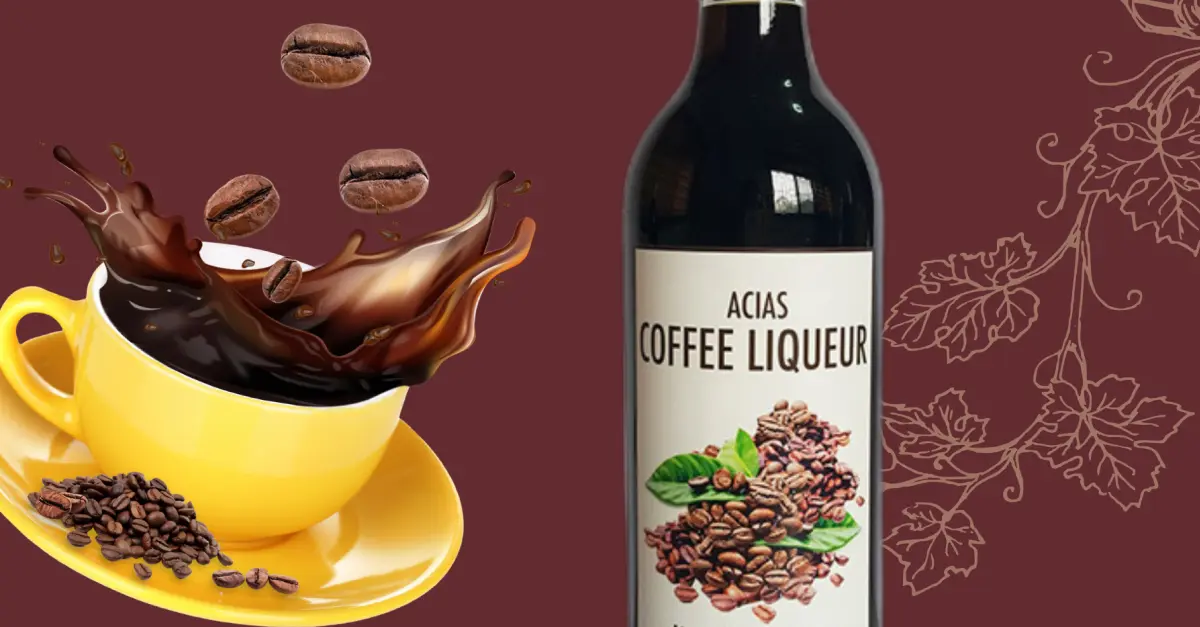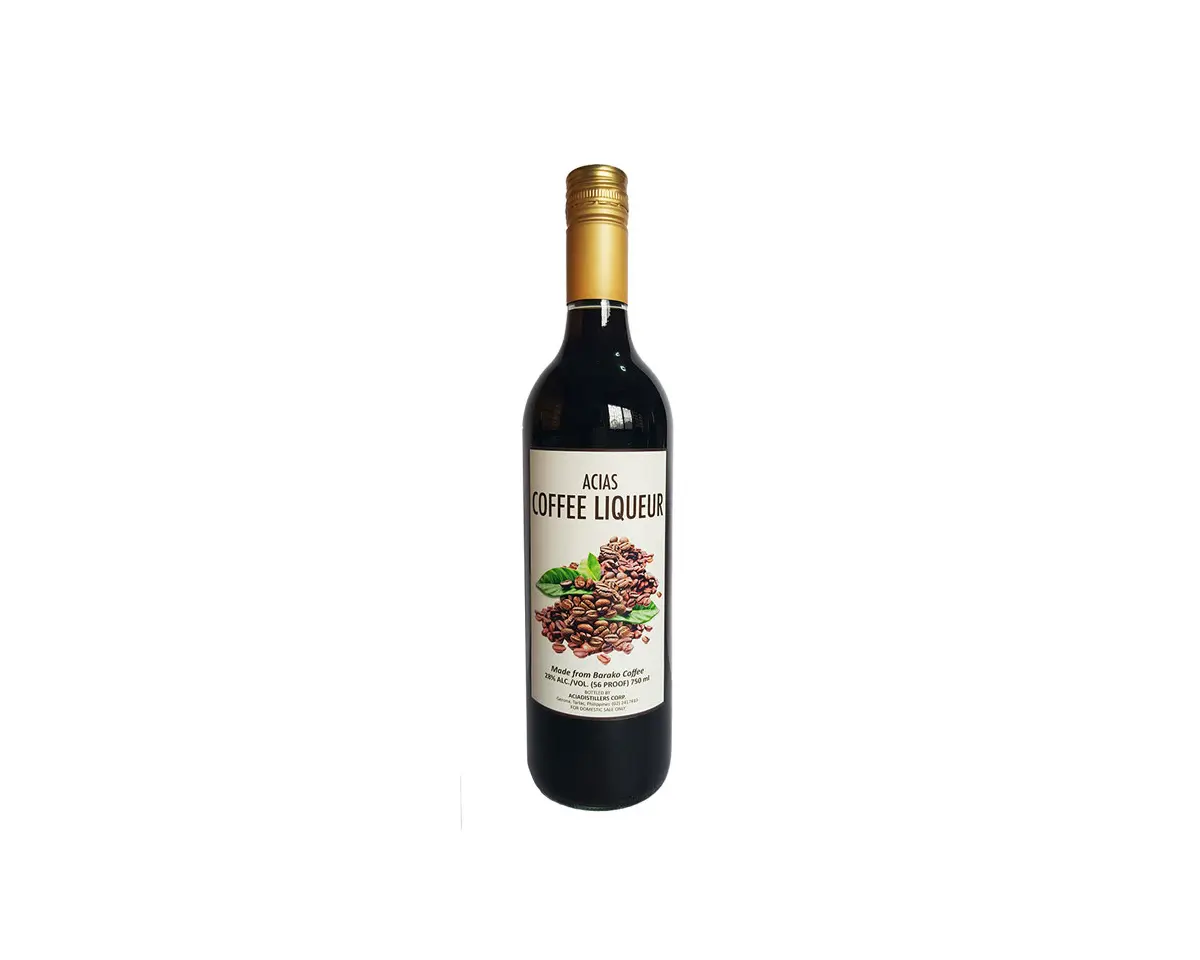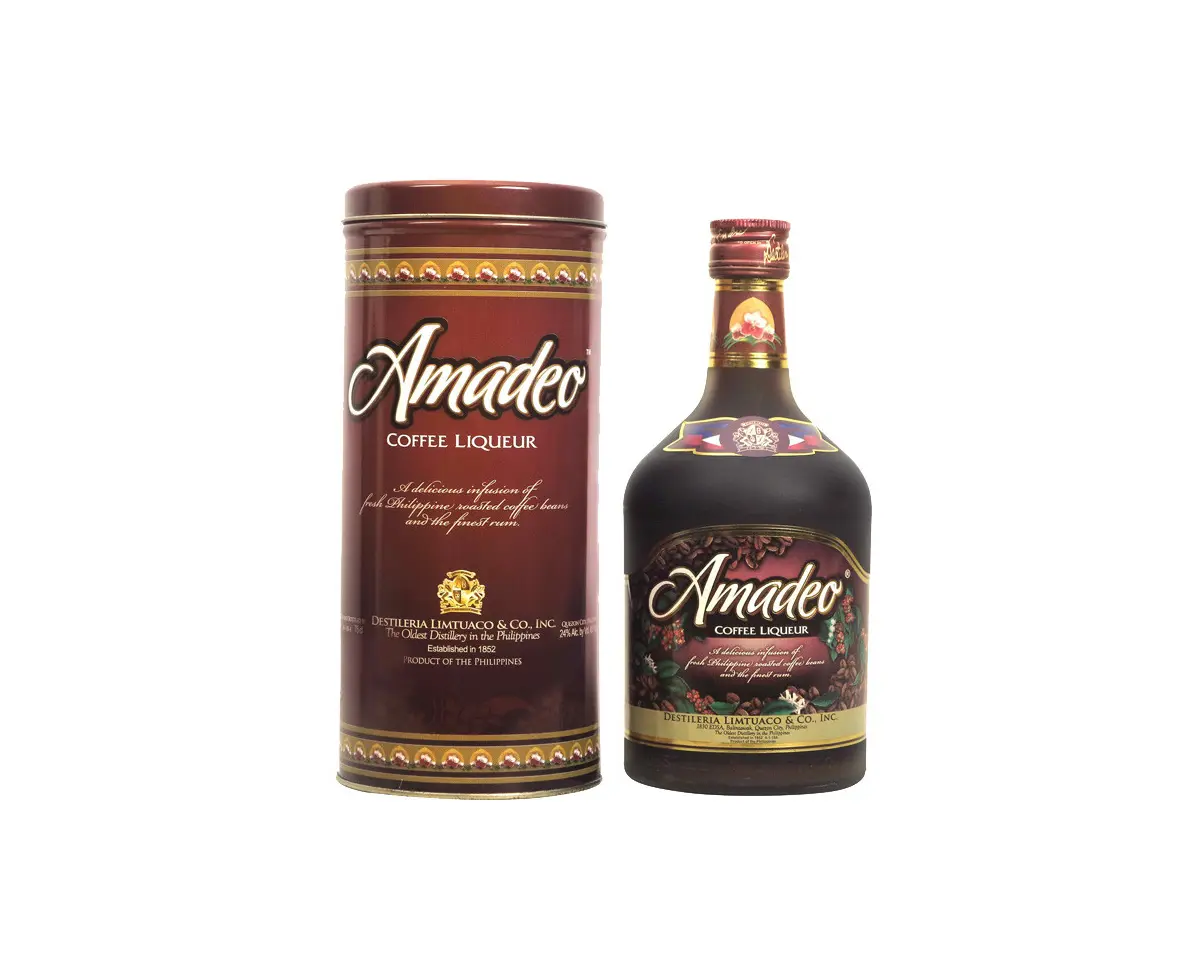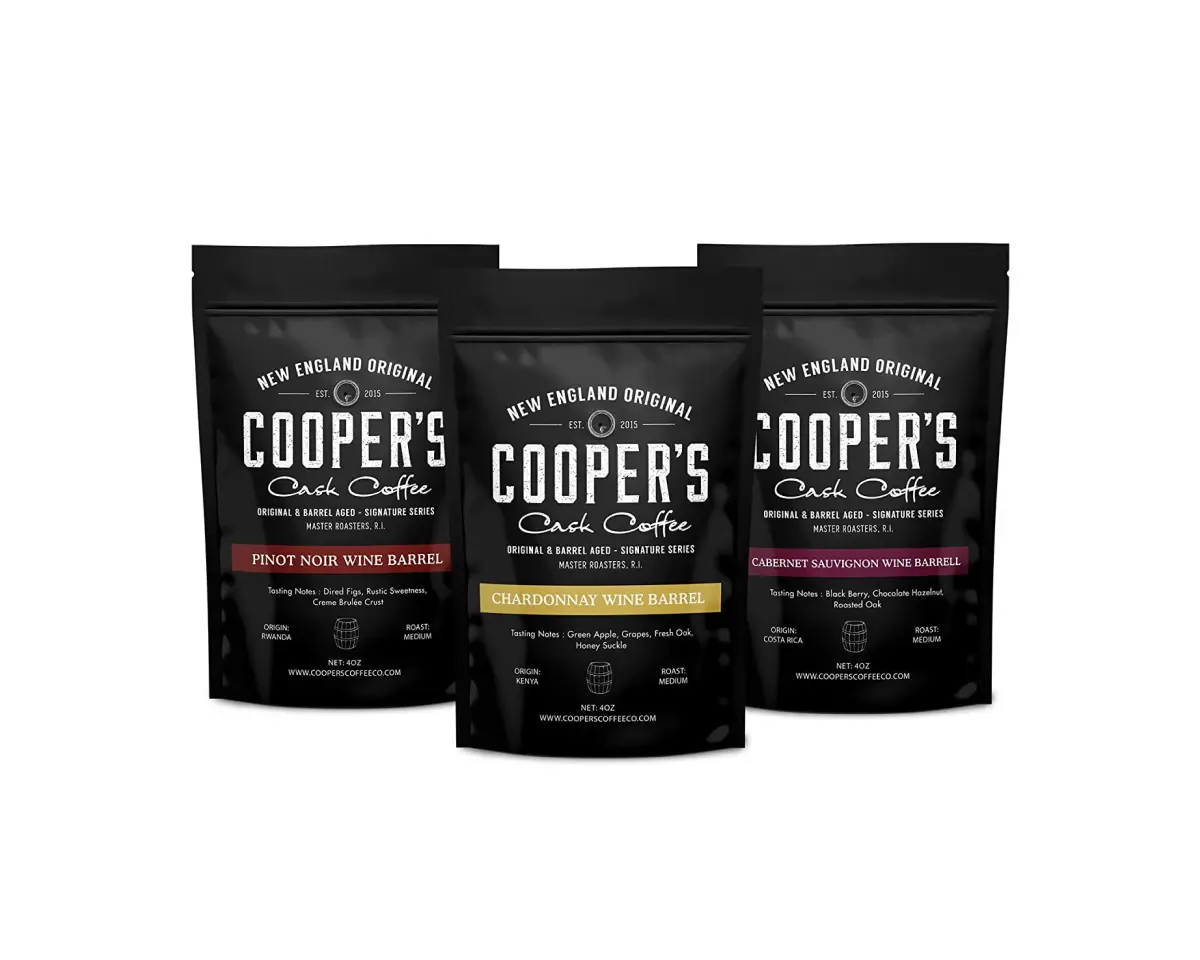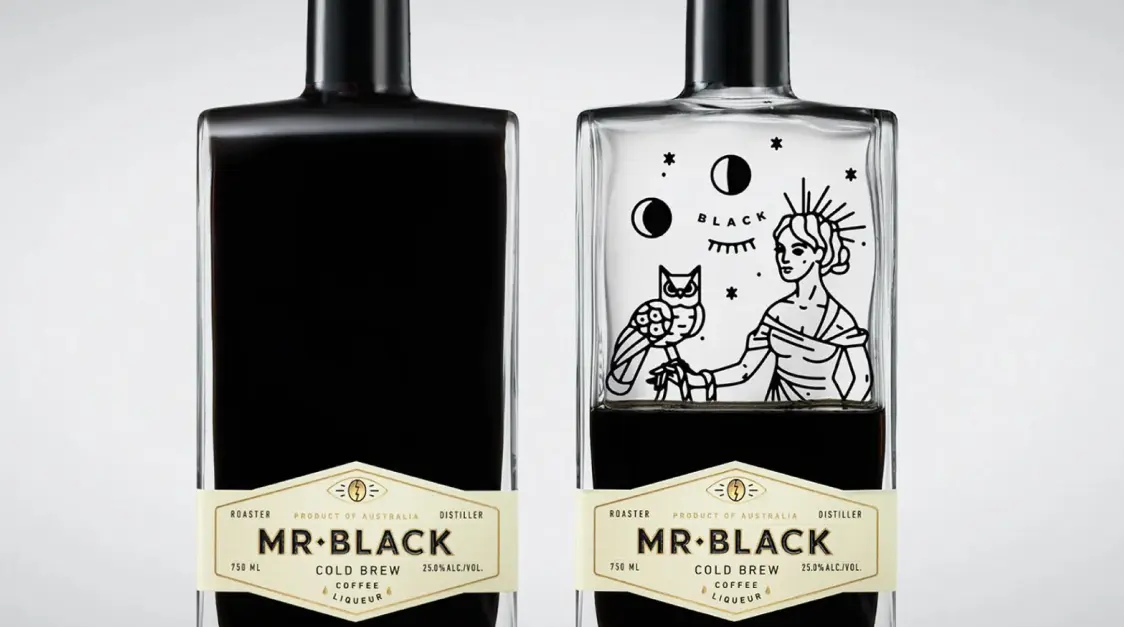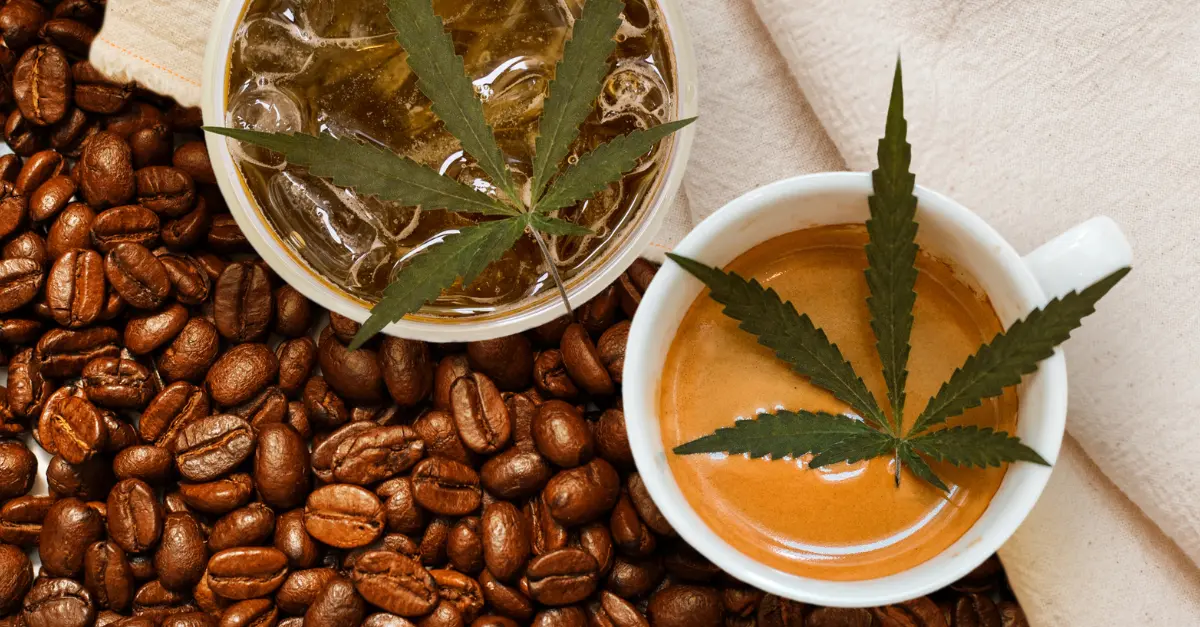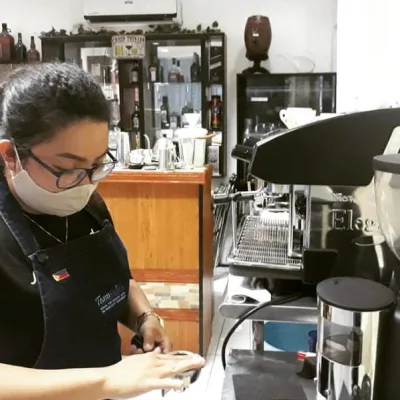Imagine a new beverage that combines the bold flavors of coffee with the sophistication of wine. A drink that offers a unique twist on traditional wine and opens up a whole new world of possibilities for wine lovers. Well, such a drink already exists, called coffee wine. By infusing wine with coffee, this innovative beverage offers a rich and complex flavor that is sweet and savory, making it a perfect choice for those looking for something different.
Let’s dive deeper into the world of coffee wine and explore what makes it so special.
What Is Coffee Wine?
Coffee wine is a unique alcoholic beverage that combines the flavors of coffee and wine. It is created by combining coffee and wine in the brewing stage, resulting in a full-bodied flavor that complements both drinks.
Unlike other alcoholic coffee drinks, coffee wine is made coffee by infusing coffee beans into the wine during brewing, not by mixing different beverages. This method ensures that the robust flavors of both drinks blend in a way that doesn’t spoil the taste of either.
A brief history of coffee wine
The origin of coffee wine can be traced back to the Philippines, where coffee has been grown since the 1700s. While there is no record of the first person to ferment coffee into wine, it is believed that coffee wine was first commercially bottled in the Philippines, specifically in the area north of Manila. In recent years, coffee companies have started commercially bottling wine made from local coffee beans, and you can find coffee wine on the shelves in the Philippines.
It is thought that the first known coffee wines originated in the towns of Cavite, Philippines, where several towns produce coffee. The Philippines appears to be the only place that makes and bottles coffee wine for sale so far.
Where to Find Coffee Wine?
Acia - Coffee | Philippine Liqueur
Acia - Coffee | Philippine Liqueur
Acia - Coffee is a unique blend of coffee and Philippine liqueur, resulting in a sweet and rich flavor. The coffee used in the liqueur is a blend of Arabica and Robusta beans, while the Philippine liqueur is made from sugar cane and flavored with local fruits and herbs. Some of the pros of this type of liqueur include its unique taste, versatility, and cultural appeal. However, some cons include its higher alcohol content, limited availability, and potential for overconsumption.
Pros
- Unique taste: The blend of coffee and Philippine liqueur creates a sweet and rich flavor profile that is unique and enjoyable.
- Versatility: The liqueur can be enjoyed on its own or used in cocktails and desserts, making it a versatile ingredient in the kitchen and behind the bar.
- Cultural appeal: The use of local ingredients and flavors in the Philippine liqueur adds a cultural element to the drink, making it a great way to experience a different culture through food and drink.
Cons
- Higher alcohol content: Like most liqueurs, Acia - Coffee | Philippine Liqueur has a higher alcohol content than wine or beer, which can be a downside for those who prefer lighter drinks.
- Limited availability: The liqueur may not be widely available outside of the Philippines, making it difficult to find for some consumers.
- Potential for overconsumption: Due to its sweet and enjoyable taste, it can be easy to consume too much of the liqueur, which can lead to overconsumption and negative effects.
Amadeo - Coffee Liqueur | Filipino Liqueur
Amadeo - Coffee Liqueur | Filipino Liqueur
Amadeo - Coffee Liqueur is a type of coffee-flavored liqueur that is made from high-quality Arabica coffee beans and Filipino rum. It has a smooth and rich flavor with hints of caramel and vanilla. Some of the pros of this type of liqueur include its versatile use in cocktails and desserts, its smooth and enjoyable taste, and its cultural appeal. However, some cons include its higher alcohol content, limited availability, and potentially high price point.
Pros
- Versatile use: The liqueur can be used in a variety of cocktails and desserts, adding a unique coffee flavor to the recipe.
- Smooth and enjoyable taste: The blend of coffee and rum creates a smooth and rich flavor profile that is enjoyable to drink on its own or in a cocktail.
- Cultural appeal: The use of Filipino rum and Arabica coffee beans adds a cultural element to the drink, making it a great way to experience different cultures through food and drink.
Cons
- Higher alcohol content: Like most liqueurs, Amadeo - Coffee Liqueur | Filipino Liqueur has a higher alcohol content than wine or beer, which can be a downside for those who prefer lighter drinks.
- Limited availability: The liqueur may not be widely available outside of the Philippines, making it difficult to find for some consumers.
- Potentially high price point: The high-quality ingredients and specialized production process can result in a higher price point, which may not be accessible for some consumers.
Wine Barrel Aged Whole Coffee Bean
Wine Barrel Aged Whole Coffee Bean
You can also try the opposite - wine infused coffee beans! Wine Barrel Aged Whole Coffee Bean is a unique and flavorful type of coffee that is aged in used wine barrels. The beans take on the characteristics of the wine, resulting in a complex flavor profile. Some of the pros of this type of coffee include its unique taste, its ability to be paired with wine, and its appeal to both coffee and wine lovers. However, some cons include its higher price point, its limited availability, and the potential for the coffee to take on too much of the wine flavor, overpowering the coffee taste.
Pros
- Unique flavor profile: The aging process in wine barrels adds complex notes of fruit, oak, and wine to the coffee beans, resulting in a one-of-a-kind taste experience.
- Wine pairing: The unique flavor of wine barrel aged coffee makes it a great complement to certain types of wine, allowing for interesting and creative food and drink pairings.
- Appeal to coffee and wine lovers: The fusion of coffee and wine appeals to enthusiasts of both beverages, broadening the audience for this type of coffee.
Cons
- Higher price point: Due to the specialized aging process, wine barrel aged coffee can be more expensive than other types of coffee.
- Limited availability: The process of aging coffee in wine barrels is time-consuming and requires specialized equipment, so it may not be widely available.
- Overpowering flavor: In some cases, the coffee can take on too much of the wine flavor, overpowering the coffee taste and resulting in a less balanced flavor profile.
How is Coffee Wine Made?
You might be interested in trying your hand at making your own coffee wine at home. Fortunately, making coffee wine is not as difficult as it may seem. While it may not be as simple as making your typical coffee or mixing a cocktail, you can create a delicious, unique beverage that can impress your friends and family with the right ingredients and tools.
Making coffee wine involves a fermentation procedure, just like any other type of wine. To get started, you’ll need to obtain some essential ingredients like yeast nutrients, tannin, and dry yeast, like Pasteur or Sauterne.
To begin making your coffee wine, you’ll need a large fermenting jug, a home brewing kit with brewing caps if you plan to ferment your drink in bottles, and coffee. You can use freshly ground coffee or instant coffee, depending on how long you want the fermentation process to take.
Once you’ve collected the necessary ingredients, you can start fermentation. The length of time and flavor of your coffee wine will vary depending on the strength, region, and quality, so feel free to experiment with different types to find the perfect blend.
If you’re a coffee lover looking to try something new, making your coffee wine is the perfect experiment for you! While the techniques used to create coffee wine may vary, the basic process remains the same - combine water, sugar, coffee beans, yeast, and other ingredients and let it ferment.
Ingredients:
- 0.5-gallon water
- 0.5 lbs freshly ground coffee
- 1.5 tsp citric acid
- 0.25 tsp tannin
- 1 tsp yeast nutrient
- One packet of Sauterne wine yeast
Instructions:
- Heat the water and dissolve the brown sugar in a pot. Add the coffee grounds and bring the mixture to a boil.
- Remove the pot from the heat and allow the coffee mixture to cool.
- Sanitize a secondary container and add the tannin, citric acid, and yeast nutrients.
- Strain the coffee mixture into the secondary container through a double layer of muslin fabric to remove the grounds.
- Add the activated Sauterne wine yeast to the mixture and cover the mouth of the container with a napkin held by a rubber band.
- Allow fermentation to begin in earnest before placing an airlock on the container.
- After fermentation has slowed, rack the wine in another container and let it age for 6-12 months.
- Bottle and enjoy!
Note: The home brewing techniques may vary slightly, but the basic process remains the same. The recipe can be adapted to taste by adjusting the amount of coffee, sugar, or other ingredients.
In this video by DIY Fermentation, all the steps are shown clearly:
Flavors and Aromas of Coffee Wine
Coffee wine is a complex beverage that can have a range of flavors and aromas, depending on the specific recipe and brewing process used. Generally, coffee wine has a deep, rich flavor profile that includes notes of coffee, dark chocolate, caramel, and a hint of bitterness from the coffee beans. The aroma is often described as a mix of roasted coffee beans and fruit, with hints of vanilla and oak.
Depending on the specific wine, there may also be notes of spice, earthiness, or floral undertones. Overall, coffee wine is a bold and flavorful beverage that is best enjoyed slowly, savoring each sip and appreciating the depth of its complex flavor and aroma profile.
Serving and Pairing Suggestions
When it comes to serving coffee wine, the temperature can make a big difference in the experience. It can be enjoyed at room temperature or chilled, depending on personal preference. If served too cold, the wine’s flavor and aroma may be muted, so it’s best to do it slightly chilled, around 55-60°F (12-15°C), to experience the rich coffee wine flavor fully.
To fully appreciate the aroma, it’s recommended to pour the wine into a typical stemware wine glass, allowing the scent to develop. Using a large wine glass is also advised to fully experience coffee wine’s unique taste.
Coffee wine is a versatile beverage that pairs well with a variety of foods. It is especially complementary to rich, fatty dishes and is a fantastic drink that can be enjoyed on its own. However, the unique taste of coffee wine gives it lots of potential for delicious food pairings.
Some food pairings that work well with coffee wine include:
- Rich, creamy desserts such as cheesecake or chocolate cake
- Chocolate-based desserts
- Soft cheeses such as brie or camembert
- Fatty meats such as steak or pork
- Spicy foods, such as Indian or Mexican cuisine
Coffee wine is also an excellent after-dinner drink and can be a delightful surprise for guests at a dinner party. The deep, rich coffee and black cherry flavor make it a unique and intriguing choice that can add a niche edge to any gathering.
Conclusion
Coffee wine, wine not? This unique blend of two beloved beverages creates a complex flavor and aroma profile that is best enjoyed leisurely. It is produced by infusing coffee beans into wine during brewing, resulting in a full-bodied flavor that complements both drinks.
Coffee wine can be served at room temperature or slightly chilled, and it pairs well with a variety of foods such as rich, creamy desserts, chocolate-based desserts, soft cheeses, fatty meats, and spicy foods.
While coffee wine may only be readily available at some stores or wine shops, several online shops and specialty stores offer coffee wine. Overall, coffee wine is a delicious and intriguing choice that can add a niche edge to any gathering.
